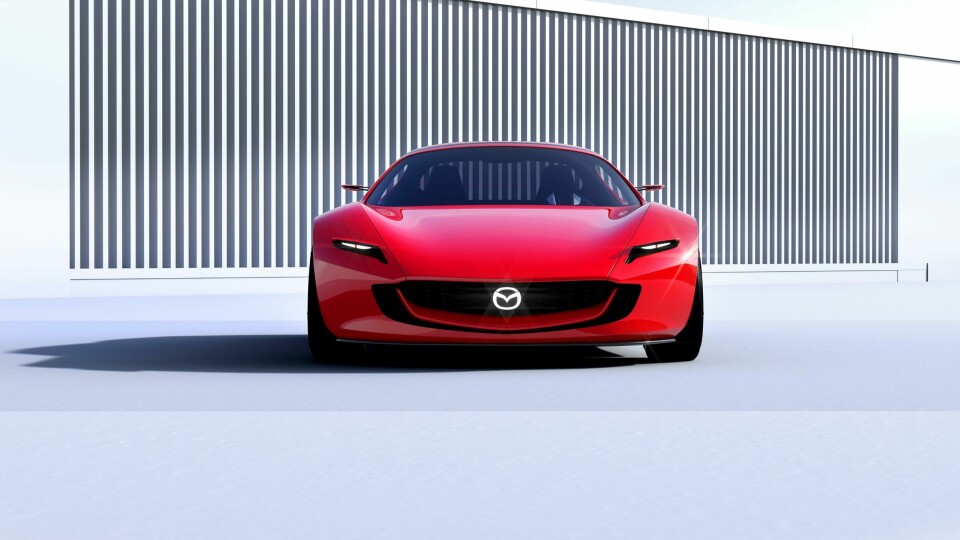
Mazda Iconic SP: "It's not just one of those empty show cars”
The breathtaking Mazda Iconic SP concept might be going into production. We hope. Car Design News caught up with Mazda’s design manager Masashi Nakayama to hear more
In 2023 Mazda returned to its roots and unveiled a two seater sports car concept at the 2023 Japan Mobility Show. The Mazda Iconic SP not only captures the sporting prowess of Mazda’s heritage models but offers a nod to its love for the rotary engine with a two-rotor rotary EV system hidden beneath.
Suggesting we might be seeing more of this design soon, Masashi Nakayama, general manager of Mazda’s Design Division recently said, “This concept is not just one of those empty show cars. It’s been designed with real intent to turn it into a production model in the not-so-distant future.” To find out more about the Iconic SP and its significance for Mazda, Car Design News spoke with Masashi Nakayama.
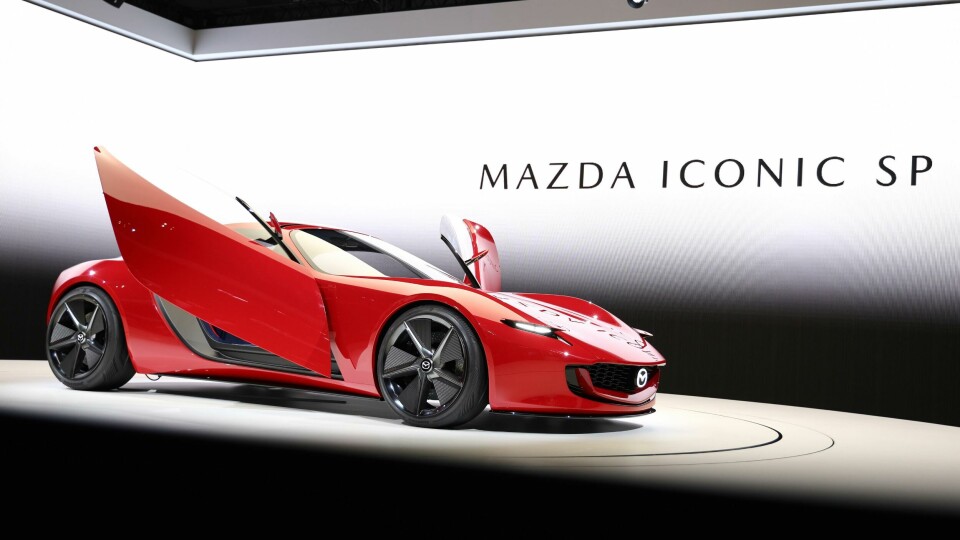
Car Design News: When and why did the Iconic SP project start?
Masashi Nakayama: The project started in September 2022, it was born from my idea to create a concept model that clearly expresses the meaning of Mazda’s existence, in line with Mazda’s new corporate philosophy (PPV: Purpose/Promise/Value) creation activities that have already begun within the company.
CDN: What was the inspiration for the car?
MN: The RX-7 was my biggest inspiration, and as the RX-7 was called “Designed by Rotary,” it was a car that could only be designed with a rotary engine.
CDN: Why is it so important for Mazda to maintain its heritage with rotary engine technology?
MN: Mazda was the first to install a rotary engine in the Cosmo Sport introduced in 1967, and for many years since then, Mazda has been working to improve performance in terms of output, exhaust-gas purification, fuel economy, and durability as the only automobile manufacturer to mass-produce rotary engines. Rotary engines are lightweight, compact and have high power and Mazda’s technological heritage is ideal for sports car packaging. It has a high degree of layout flexibility and an expandable engine that can burn various fuels such as hydrogen. Above all, in Mazda’s history, the rotary engine is a special symbol of our ‘challenger spirit’.
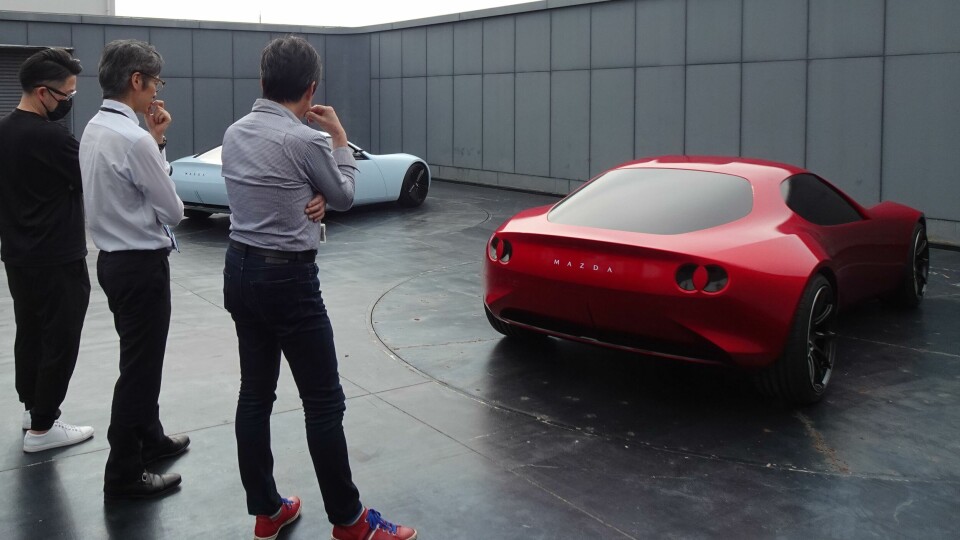
CDN: How did the powertrain technology influence the vehicle’s design?
MN: This powertrain features Mazda’s unique two-rotor rotary EV system, which remains compact enabling the concept model to have a low center of gravity to enhance driving performance.
CDN: How did the team decide on the right proportions for the Iconic SP?
MN: We believe that the proportions of a car greatly influence the first impression people have when they see it. The proportions of a car when viewed from the front, at an angle, or from the side are expressed by the three-dimensional contours created by this basic framework, so Mazda design places the highest importance on form. The Iconic SP aims to create drama in the proportions of the car when viewed from above by expressing a strong sense of tread on the tires that foreshadows agile movement, especially during cornering.
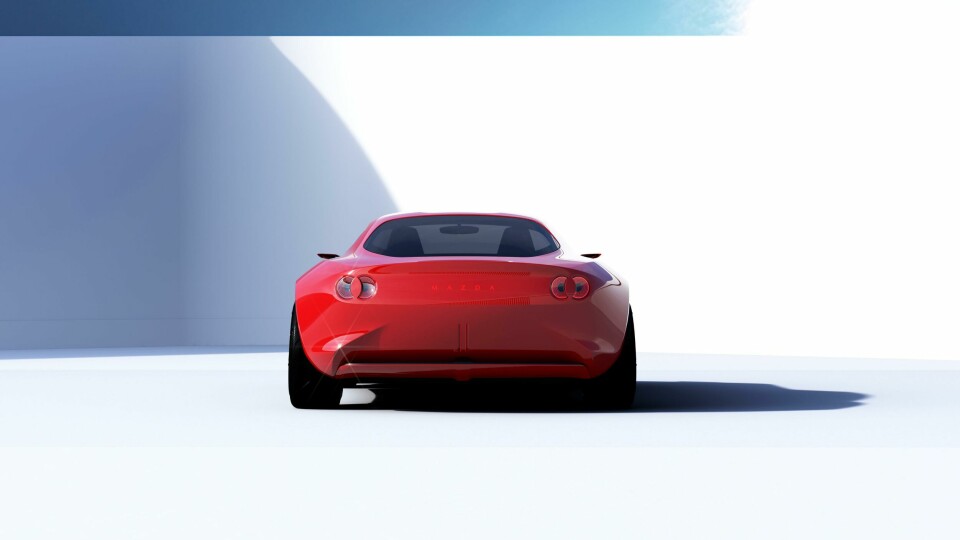
CDN: What methods and technologies were used in the design process?
MN: First, we decided on a package layout that would have the driver sitting at the center of gravity of the car, and then we worked on the remaining detailed design, keeping this fixed proportion. Rather than unnecessarily expanding the scope of the design, we focused on refining the design by having several clay modelers compete to create a design based on their interpretation of a single sketch.
CDN: How does sustainability play into the design?
MN: The seats are wrapped in a 3D knit made from indigo-dyed cotton yarn, which is also used in actual denim. The fact that Hiroshima is one of Japan’s major denim production areas, and that the reddish blue of indigo dyeing goes perfectly with red, were the main points in choosing this colour. The white parts that stand out against the blue are made from materials made from discarded oyster shells. We wanted to make a sustainable proposal with the pride of ‘Made in Hiroshima’ and love for our hometown. With this in mind, we have printed the words ‘We will create a beautiful world from the city of peace,’ on the material.
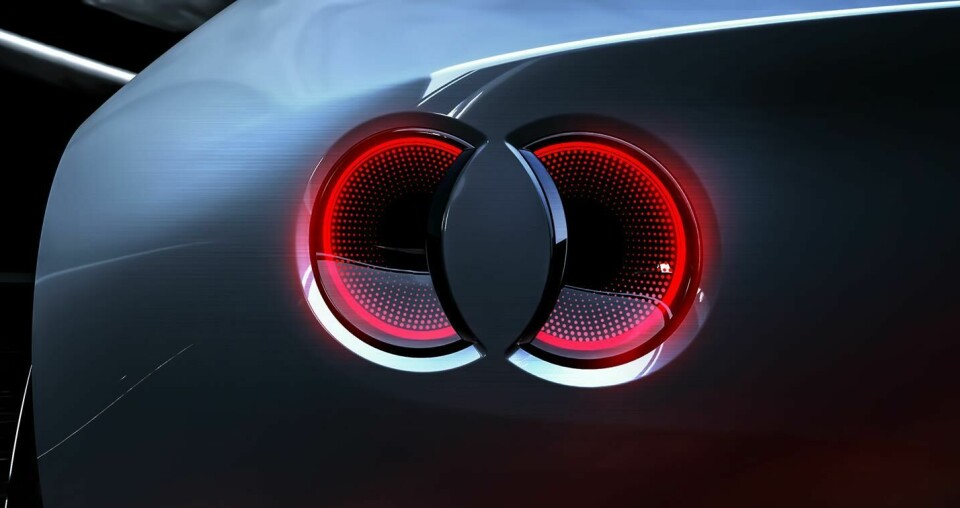
For environmental friendliness, other interior materials are also made from plant-derived fibers, and dyes. We envision applying a thick coat of clear red to the exterior panels, which itself is not particularly environmentally conscious, but in order to achieve this, we must develop a construction method other than spraying the paint with a spray gun. We cannot give specific details, but we hope that this will lead to the development of environmentally friendly technology as a result.
CDN: How did the team approach the interior design and consider the user experience?
MN: We pursued a lightweight sports interior that could only be achieved by Mazda, where you can feel the pure joy of driving. We thought about creating an interior that would make you feel excited, starting from the low hip point and eye point, and we decided to make the scenery that you can only experience while driving the main feature, by having nothing unnecessary. The cockpit area is designed to create a ‘cowl-shaped’ instrument cluster that feels the driver’s centre axis firmly, supporting driving concentration and driving pleasure. The display panel has a downward-facing display to reduce the reflection of external light and to create a sense of immersion in driving.
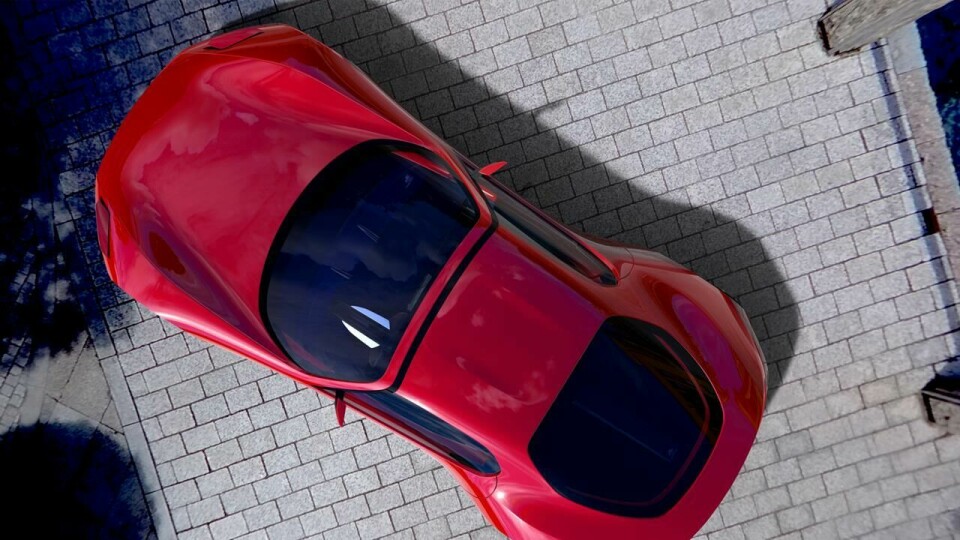
CDN: What is your favourite element of the design?
MN: It is a heart-pounding design that minimised the character lines and kept the play of light to a minimum, aiming for a design that feels dramatic and exciting.
CDN: Why did Mazda decide to make the Iconic SP more than just a concept?
MN: There are no definite plans for mass production at this time. Mazda would like to continue providing sports cars in the future. We greatly hope to continue to provide customers with cars that make them feel that cars are fun and good things. Mazda Iconic SP is the model that represents our future determination with this in mind.
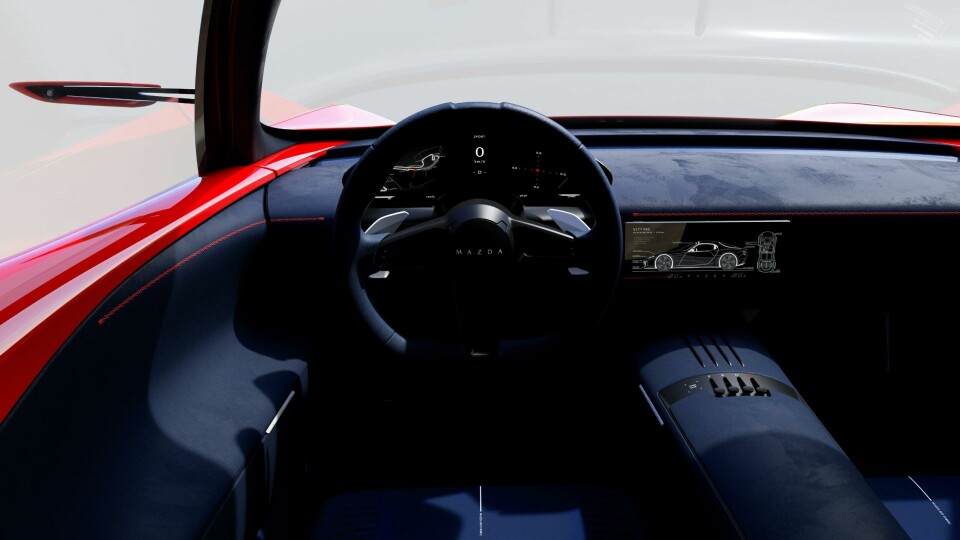
CDN: What would you say is the most exciting thing about the Iconic SP going into production?
MN: Of the many different types of industrial products, I think there are very few that people say ‘The old products were better’. However, people might be starting to think that about cars. If that is the case, then our efforts as car manufacturers are not enough. To prevent this, we need to make people think, ‘Iconic SP is the future of cars!’ and that is what is anticipated, and what I hope for.
CDN: How do you think this model will affect the Mazda brand and image?
MN: We believe that this will show the significance of Mazda’s existence in this world. Mazda will continue to pursue authentic car manufacturing and aims to be recognized as a Japanese brand that provides timeless value as a car.



















